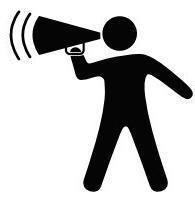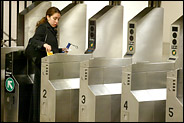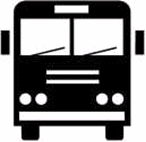March 12, 2012 New York Times
Use of Public Transit Grew in 2011, Report Indicates
By Michael Cooper
Association Press Release
In another indication that more people are getting back to work, Americans took 200 million more rides last year on subways, commuter trains, light-rail systems and public buses than they did the year before, according to a new report by a leading transit association.
Americans took 10.4 billion rides on public transportation in 2011 — a billion more than they took in 2000, and the second most since 1957, according to a report being released Monday by the American Public Transportation Association, a nonprofit organization that represents transit systems. The increase in ridership came after the recession contributed to declines in the previous two years.
With the return of jobs came a return of straphangers. Studies have found that nearly 60 percent of transit rides are taken by people commuting to and from work, and there were big increases in ridership in parts of the country that gained employment. And with the price of gas rising again — the $4 gallon has already returned in some states — many systems are bracing for even more riders this year.
The increase was announced after Republicans in the House of Representatives proposed ending the three-decade practice of putting aside a portion of the nation’s highway trust fund to pay for transit, worrying local transit systems and drawing heated opposition from Democrats and quite a few Republicans. Michael Melaniphy, the president of the transportation association, took pains to note that some of the strongest ridership growth was in rural communities, which are often represented in Congress by Republicans.
“What is exciting is that the uptick in ridership occurred in large, medium and small communities, showing the broad support that public transportation has nationwide,” he said in a statement.
Ridership rose in many parts of the country whose employment pictures brightened, including Miami, Nashville, San Francisco, San Diego and Louisville, Ky. Dallas, which opened a new light-rail line in 2010, saw a large jump in its light-rail ridership last year.
But there are big challenges ahead for transit systems. Many have had to cut service and raise fares since the downturn began, and the trouble is not over for many systems. So while Boston saw record ridership levels last year — the most since the 1940s — it also faces a big deficit in the coming year, brought on by rising operating costs, high debt and sales tax revenues that have failed to meet expectations in recent years. As a result, the Massachusetts Bay Transportation Authority has proposed significant fare increases and service reductions, which could deter riders.
Citizens Taking Action for advancement of transit and trains
10,000,000,000 +
Rides in 2011



